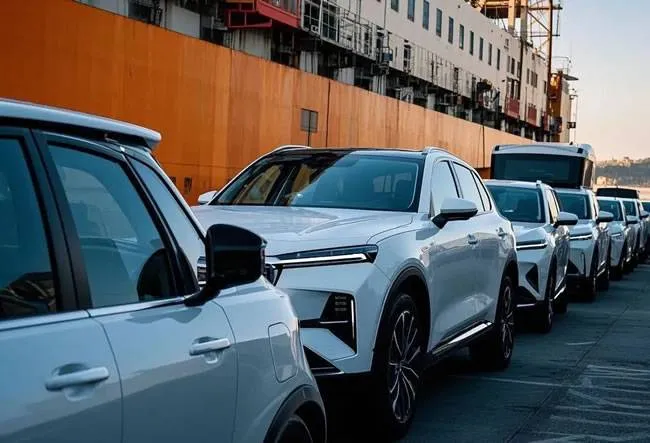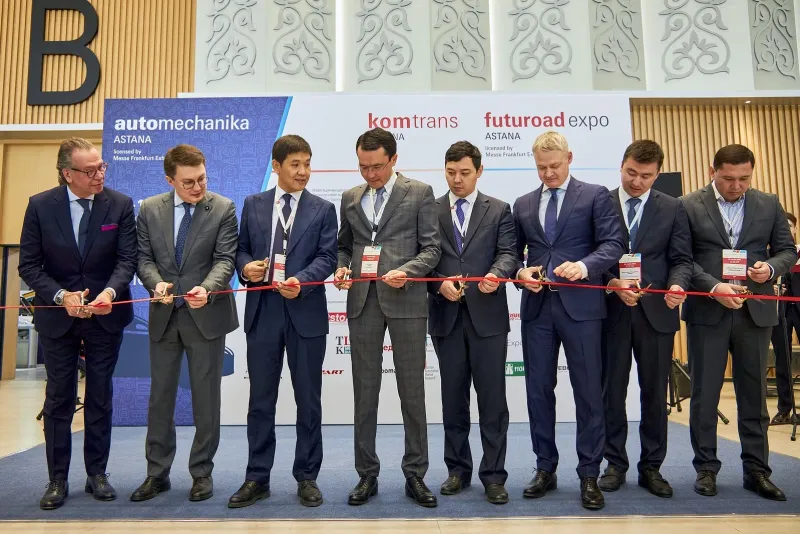
China’s auto parts industry has achieved rapid growth alongside the expanding automotive sector. This report outlines key market dynamics and future prospects.
Market Scale & Growth
- Overall Growth: Market scale reached ¥4.1953 trillion (2022), projected to hit thousands of billions by 2025 (20% increase from 2020)
- Key Segments:
- NEV components (batteries/motors/electronics) and smart sensors (18% market share) drive growth
- 2023 NEV production/sales: 6.313M/6.278M units (+33.7%/+37.5% YoY, 29.8% market penetration)
Regional Distribution
- Industrial Clusters: Six major hubs nationwide, with Yangtze River Delta dominant (37% output share)
- Market Maturity:
- Tier-1 cities/coastal regions: High competition
- Lower-tier cities/rural areas: Significant expansion potential
Competitive Landscape
- Market Structure:
- Foreign-owned: 50%
- Sino-foreign JVs: 30%
- Domestic firms: 20%
- Consolidation Trend: Branded chains and large enterprises drive industry concentration
Technology & Market Shifts
- Core Innovations:
- Digitalization/AI optimize supply chains
- Lightweighting and electrification as key priorities
- E-commerce Expansion:
- Online sales surge (e.g. NEV chargers: +130% YoY)
- Cross-border trade growth: NEV parts (35% of exports), hydrogen fuel components ($8B projection by 2030)
Policy & Challenges
- Government Support: State-backed tech innovation initiatives
- Operational Risks:
- Environmental compliance costs (e.g. EU carbon tariffs)
- Trade barrier mitigation strategies (e.g. Mexican manufacturing hubs)
Strategic Outlook
The industry will transition from scale expansion to value enhancement with sustained growth. Key priorities:
- Investment focus: Tech-driven firms with strong branding
- Strategic imperatives: Lightweighting/electrification capabilities
- Market evolution: Advancement in scale, technology and services by 2025 amid competitive/policy challenges



